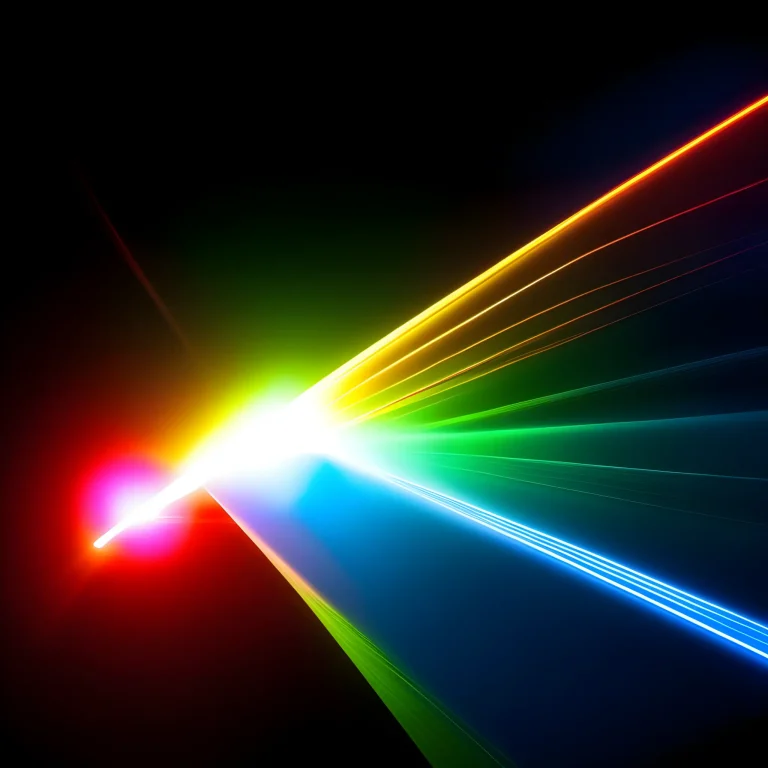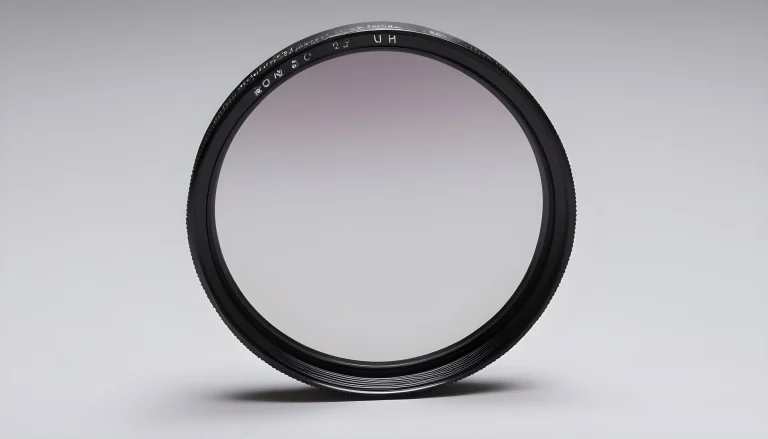Usage of Cube Beam Splitters in UV or IR Optical Systems
Cube beam splitters stand as indispensable components in optical systems, adept at splitting and redirecting light with precision. Their applications span across various wavelengths, including the ultraviolet (UV) and infrared (IR) spectra. In this exploration, we delve into the specific use of cube beam splitters in UV and IR optical systems, uncovering their significance and performance in these spectral ranges.
Cube Beam Splitters in UV Optical Systems:
1. Material Selection:
Cube beam splitters for UV applications require materials with exceptional UV transmission properties and durability. UV-grade fused silica or specialized optical glasses are commonly employed due to their high UV transmittance and low autofluorescence.
2. Applications:
Cube beam splitters find use in various UV-based systems, including photolithography, fluorescence microscopy, spectroscopy, and UV curing. Their ability to split and combine UV light efficiently is crucial for precise imaging and analysis in these fields.
3. Challenges:
UV light presents challenges in material selection and coatings due to its shorter wavelengths and higher energy. Cube beam splitters must maintain high transmission, low absorption, and minimal scattering to ensure accuracy and efficiency in UV applications.
Cube Beam Splitters in IR Optical Systems:
1. Material Considerations:
In IR optical systems, cube beam splitters utilize materials with high IR transmittance, such as materials like calcium fluoride (CaF2), germanium, or zinc selenide (ZnSe). These materials offer transparency in the IR spectrum.
2. IR Imaging and Sensing:
Cube beam splitters play critical roles in IR imaging systems, thermal imaging devices, and sensing applications. Their ability to split IR light enables accurate detection and measurement of heat signatures and specific IR wavelengths.
3. Coating Challenges:
Coatings for IR cube beam splitters are tailored for specific IR ranges. Challenges arise in developing coatings that enhance transmission in the IR spectrum while minimizing reflections and losses.
Dual-Use and Multi-Spectral Applications
Cube beam splitters designed for UV and IR are utilized in dual-use or multi-spectral systems. These specialized beam splitters enable simultaneous splitting and handling of UV and IR light, catering to applications requiring multi-spectral analysis or imaging.
Conclusion
Cube beam splitters exhibit versatility in UV and IR optical systems, contributing significantly to precise light manipulation, imaging, and analysis across these spectral ranges. Their specialized designs, material considerations, and coatings allow for efficient splitting and manipulation of light, enabling advancements in various scientific, industrial, and medical applications reliant on UV and IR radiation.
Important FAQs:
1. What are Cube Beam Splitters?
– Cube beam splitters are optical devices used to split incident light into two or more beams with specific characteristics.
2. Can Cube Beam Splitters be Used in UV or IR Optical Systems?
– Yes, cube beam splitters can be specifically designed for use in UV (ultraviolet) or IR (infrared) optical systems.
3. How Are Cube Beam Splitters Adapted for UV or IR Applications?
– Cube beam splitters for UV or IR systems are typically manufactured using materials that are transparent or highly efficient within the UV or IR wavelength ranges.
4. What Factors Should Be Considered When Using Cube Beam Splitters in UV or IR Systems?
– Factors such as material transparency, coating efficiency, and environmental conditions should be carefully considered to ensure optimal performance in UV or IR optical systems.
5. Are UV or IR Cube Beam Splitters Sensitive to Wavelength Variations?
– Yes, UV or IR cube beam splitters are sensitive to wavelength variations within their respective spectral ranges, and their performance may vary accordingly.
6. What Applications Can Benefit from Cube Beam Splitters in UV or IR Optical Systems?
– UV or IR cube beam splitters find applications in various fields such as spectroscopy, remote sensing, medical imaging, and industrial processing, where specific wavelengths are crucial for analysis or detection.
7. How Does Material Selection Influence the Performance of Cube Beam Splitters in UV or IR Systems?
– The choice of materials for cube beam splitters in UV or IR systems greatly impacts factors such as transmission efficiency, spectral range, and durability under different environmental conditions.
8. Can UV or IR Cube Beam Splitters Handle High Power Laser Beams?
– Cube beam splitters designed for UV or IR systems can be engineered to withstand high power laser beams, provided that suitable materials and coatings are used to prevent damage or degradation.
9. Are UV or IR Cube Beam Splitters Compatible with Different Optical Setups?
– Yes, UV or IR cube beam splitters are compatible with various optical setups and can be integrated into complex optical systems to achieve specific light splitting and manipulation requirements.
10. Where Can UV or IR Cube Beam Splitters be Procured?
– UV or IR cube beam splitters are available from specialized optical component suppliers and manufacturers catering to the UV and IR optical market segments.
Thank you for reading! If you have any further questions or topics you’d like to learn about, feel free to reach out.








